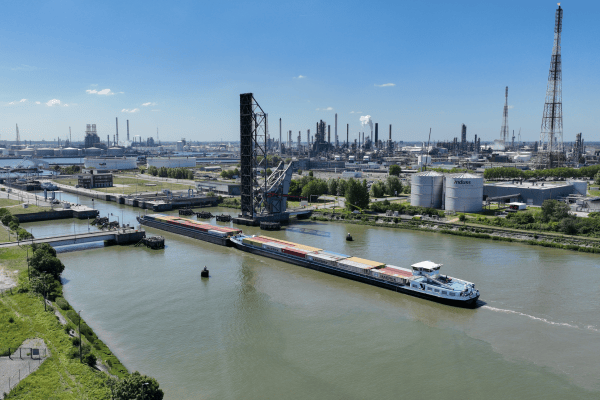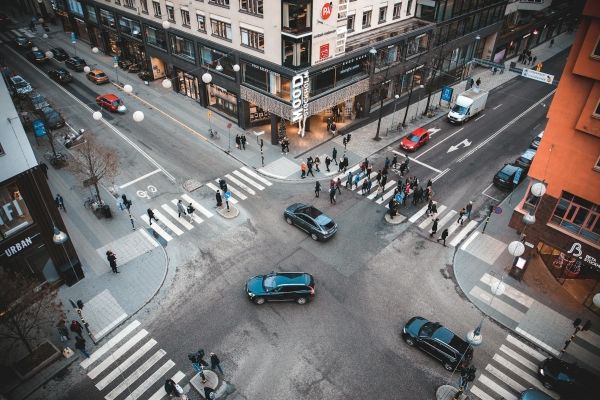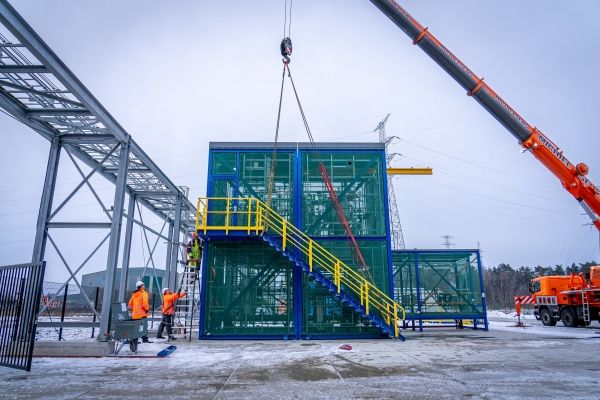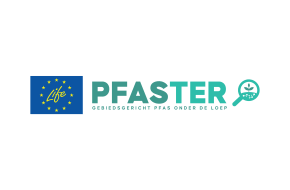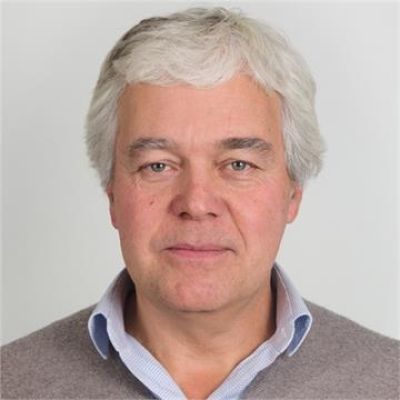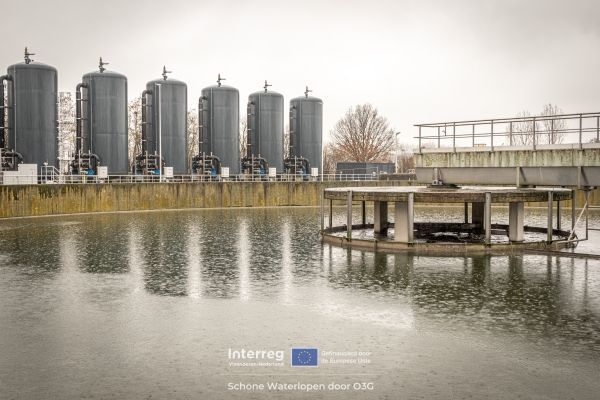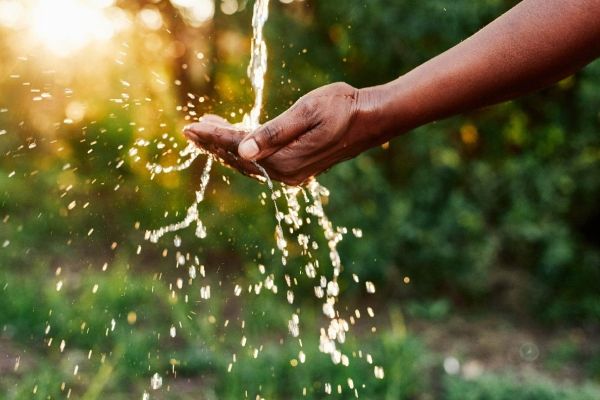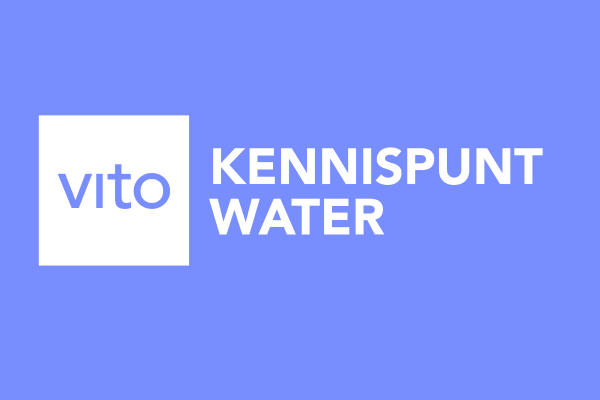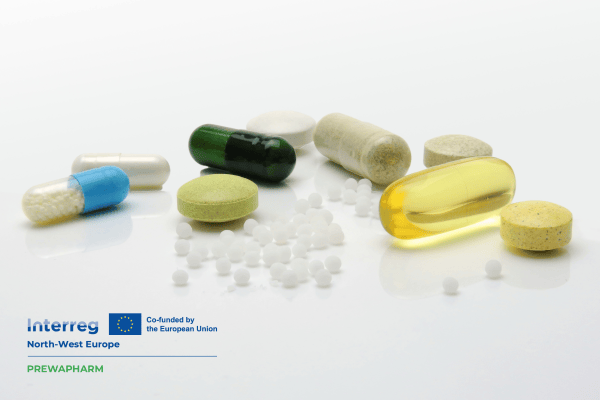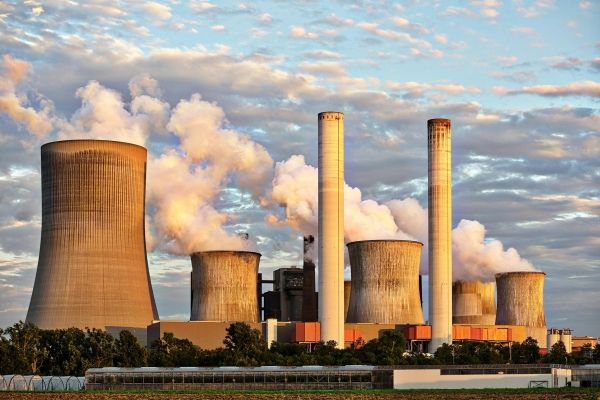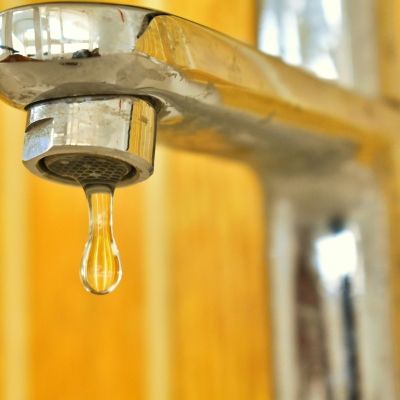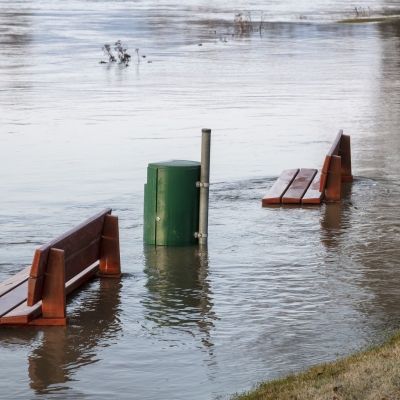Nature-based solutions to clean up PFAS around paper mill in Willebroek
PFASTER
The site of the former paper factory De Naeyer in Willebroek. © David Legreve
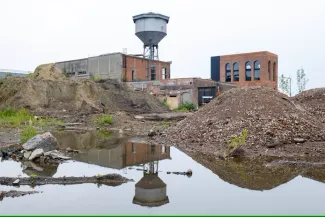
The site of the former paper mill De Naeyer in Willebroek. © David Legreve
In the European LIFE project PFASTER, eleven partners are removing PFAS contamination in and around the site of the former paper mill in Willebroek. At the same time, the project also protects the valuable nature reserve Broek De Naeyer. The project, coordinated by OVAM, focuses on innovative remediation techniques and nature-based solutions.
Fingerprints in the Environment
In 2021, high concentrations of PFAS were found at the site of the former paper mill in Willebroek. Various preventive measures (no regret measures) are currently in place in the immediate vicinity of the Factory Stream and Broek De Naeyer.
PFASTER is investigating the composition and spatial distribution of PFAS. The paper industry used specific subtypes from the large family of about 10,000 PFAS. To determine which types are involved, it is possible to establish a fingerprint to better determine the environmental impact. VITO and the Flemish Environment Agency will apply a high-resolution non-target analysis method to visualize PFAS fingerprints in various environmental compartments.
Additionally, the project partners are examining the various exposure routes and risks of PFAS. How are PFAS absorbed into plants, crops, and organisms? To what extent do these substances spread and accumulate in the food chain or in an ecosystem?
Can Nature Clean Up PFAS in Soil, Groundwater, Surface Water, and Sediment?
PFASTER is testing nature-based remediation techniques for soil, groundwater, sediment, and surface water. For the "Broek De Naeyer" nature reserve, we are evaluating specific natural cleaners such as fungi, bacteria, and other microorganisms. We are also studying the possibilities of removing contamination with aquatic plants, reeds, and willows.
In agricultural areas, we are working with PFAS-absorbing crops and fungi. For heavily contaminated soil, we are considering the feasibility of on-site washing combined with the use of fungi to clean the soil wash water.
TAUW will subsequently compile the project knowledge and results into an area vision for the remediation of the entire region. This is a challenge because living, agriculture, and nature are intertwined, and the contamination occurs in soil, groundwater, sediment, and surface water. This project is, therefore, an important step in the fight against PFAS contamination in Flanders and serves as an example for other polluted areas.
Together, we strive for a cleaner and safer living environment for everyone, including the otter, which inhabits the area.
VITO's Contribution
VITO coordinates the demonstration of the remediation techniques. For the remediation of heavily contaminated groundwater in the area where the paper mill was located, VITO is investigating a combination of membrane filtration (NF) with plasma destruction for the removal and breakdown of PFAS.
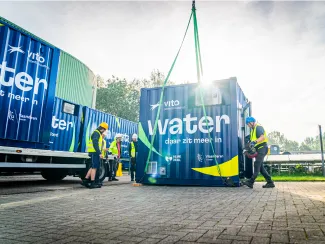
©VITO
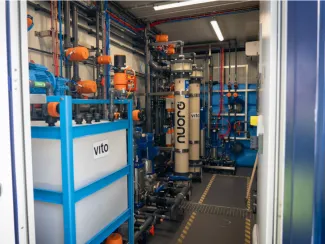
©VITO
Project Framework and Partnership
PFASTER is a LIFE project running from 01/10/2024 to 30/09/2029, with a total budget of €4,387,598.
